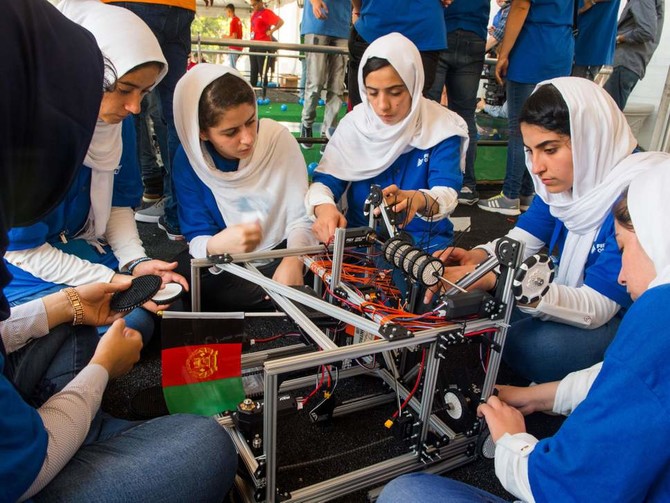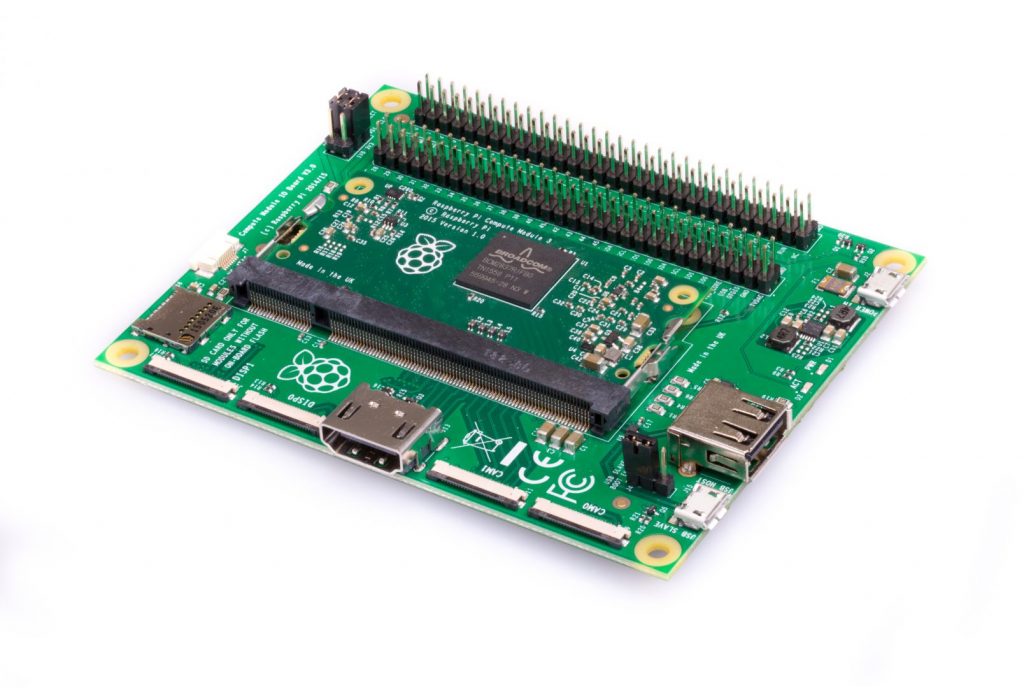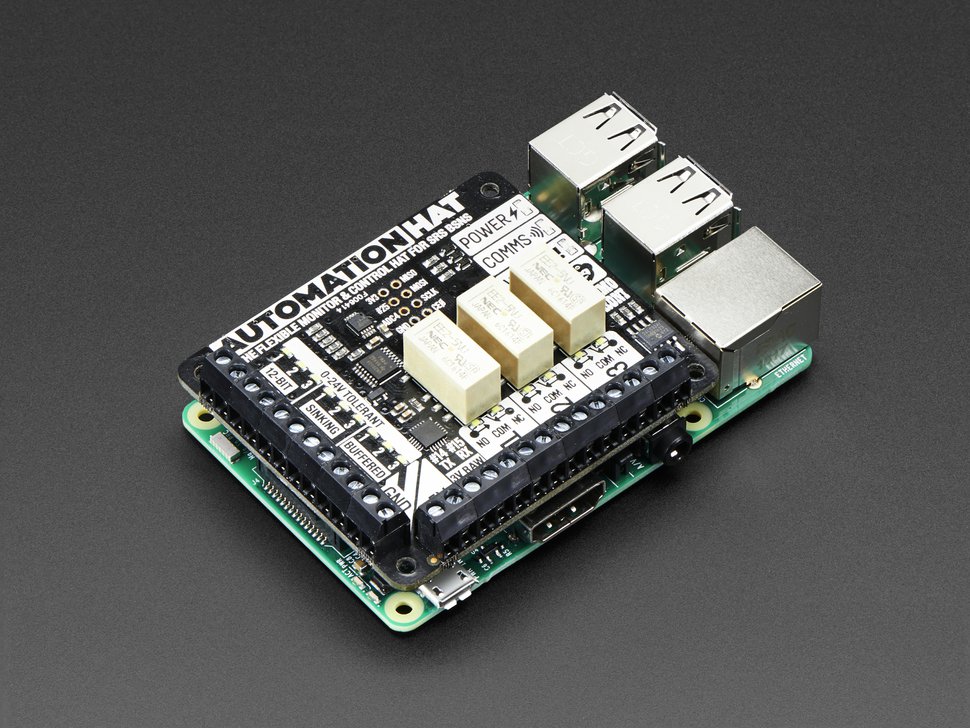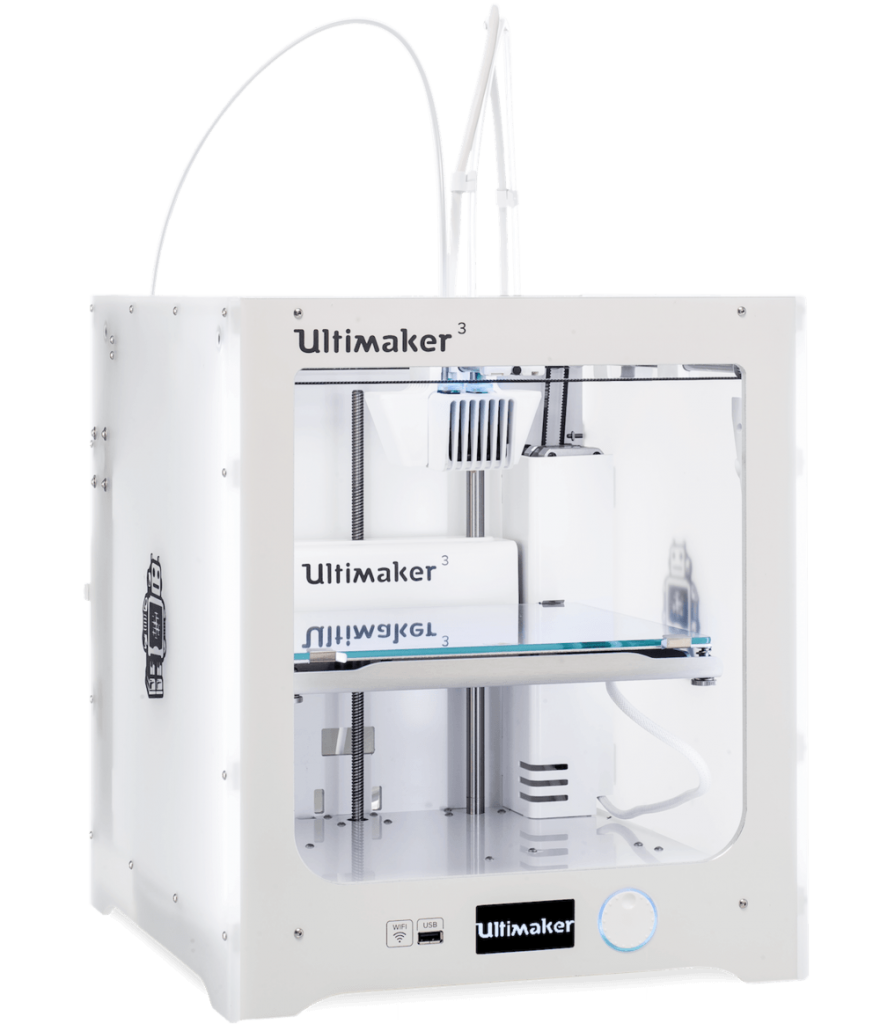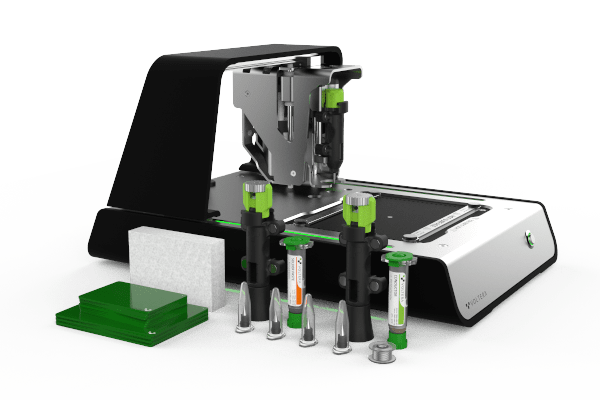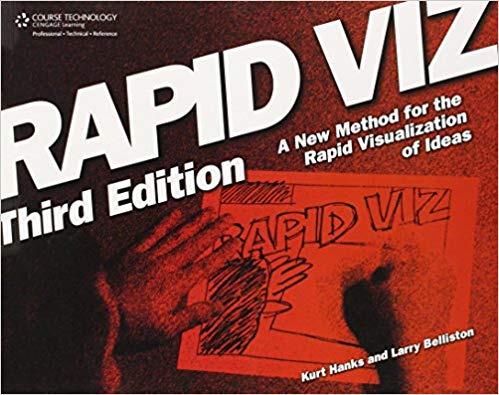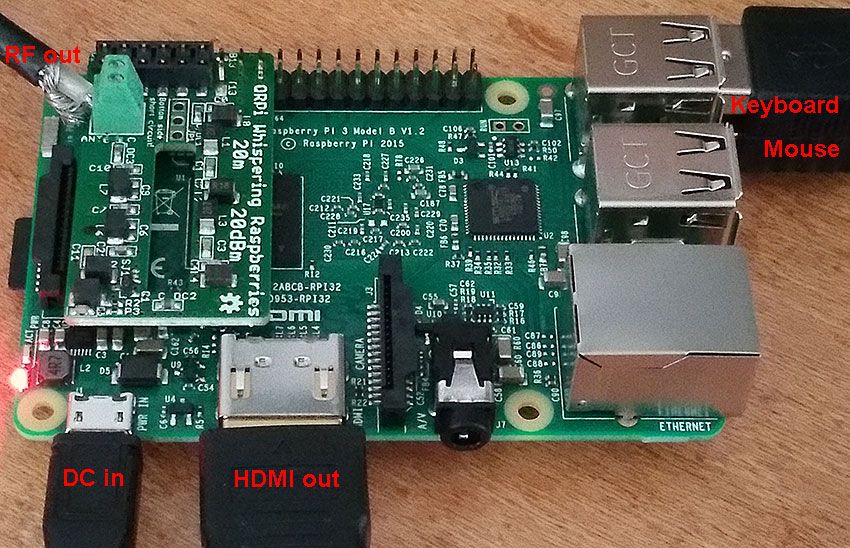
Technological Education: Before & Beyond Code Club. A second weblog post with a focus on amateur radio.
We live in a world of celebrities, where people with influence attempt to promote activities they know little about. My favourite celebrity, for illustrative purposes, is Paris Hilton (1981 – ), who is world famous, for being famous. Much further down the list is Clare Sutcliffe who, with Linda Sandvik, developed Code Club in 2012. They, and Code Club, are world famous for trying to teach children, aged 9 to 13, to programme or, at least, write code. They know a little about children, and a little about programming. I am not certain how much they know about teaching children.
As noted before in previous weblog posts, in Scandinavian teacher education, Lev Vygotsky (1896 – 1934) is probably the most important theorist. His Zone of Proximal Development (ZPD), is the range of tasks that a child is in the process of learning. While some level of proficiency (the ZPD lower limit) is possible with the child working independently, higher skill levels can be reached with teacher assistance. The teacher’s role is to construct a learning scaffold, a support that allows the child to develop confidence and capability. Over time, the scaffolding is gradually removed, until – once again – the child works independently.
In North America, a related concept is that of a teachable moment, that was popularized by Robert Havighurst (1900 – 1991) in Human Development and Education (1952). “A developmental task is a task which is learned at a specific point and which makes achievement of succeeding tasks possible. When the timing is right, the ability to learn a particular task will be possible. This is referred to as a ‘teachable moment.’ It is important to keep in mind that unless the time is right, learning will not occur. Hence, it is important to repeat important points whenever possible so that when a student’s teachable moment occurs, s/he can benefit from the knowledge.”
Swiss developmental psychologist, Jean Piaget (1896 – 1980) argued that children develop abstract reasoning skills in their last developmental stage, the formal operational stage. He suggested this occurs between the ages of 11 and 16. Many educators make an arbitrary choice, which is the beginning of junior secondary school. Before this age there should be a focus on the concrete, and the physical.
The key to teaching technology is to find a suitable start point for abstract thinking. Programming, like many related tasks, requires abstract thinking. Many in that 9 to 13 age group are just not mature enough, and will find the tasks impossible, potentially putting them off programming forever.
With Code Club there is no focus on either scaffolding or teachable moments or an ability to think abstractly. It appears to be unsystematic in its approach using Scratch, HTML & CSS, Python and a variety of other coding languages. In certain jurisdictions, the initiative also provide free BBC Micro:bits to children above the age of 9, this provides a potentially disingenuous economic incentive.
Code Club states that its purpose is on children having fun, while coding games. My experience is that children are less motivated by fun, than by an opportunity to be of service, and to be respected for their mature behaviour.
Games have other negative aspects. There is a potential for lifelong gaming addictions. On 2021-08-30, China introduced new restrictions to limit the time under-18s can spend online gaming. They may only play on public holidays, Fridays, Saturdays, and Sundays from 20:00 to 21:00. All online games have to link with a state anti-addiction system. In the west there seem to be no limitations imposed despite the fact that many students are unable to remain awake in their classrooms, because they have spent their entire nights gaming. Games are addictive. Code Club originally wanted to limit its activities to one hour a week. However, not all children (or their parents) are in agreement with this.
Relying on games is also problematic, because they are divorced from reality. They can blur moral boundaries, allowing players to choose between being good or evil or somewhere inbetween. I am in agreement with Chinese authorities that games should not give players this moral choice.
Another challenge relates to the evaluation of game quality. Any discussion can be treated as a subjective opinion. There is seldom any tests of correctness that can be applied. This contrasts with physical computing where the programming is incorporated inside an electromechanical device that has to serve a purpose, and there are metrics that can be used to determine if the goals incorporated into the device have been achieved.
On a more positive note, game-related tools, such as simulations, can be useful in teaching subjects as diverse as social economics, and ecology.
In terms of preparation for learning, there are three key things parents can do. They can ensure that children eat healthily, sleep sufficiently and are physically fit. In elementary school (typically grades 1 to 7) one approach is to focus on outdoor activities that encourage endurance (stamina), strength, mental well being, an understanding of the natural world, and an appreciation of other human beings.
As an example, these concepts will be applied to amateur radio.
Teaching typically relies on a curriculum that shows how various activities mesh together in a comprehensive whole, to provide insights and knowledge to students. This allows any teacher to know the specific educational goals to which s/he is working, so that s/he can choose the most appropriate pathway. In terms of amateur radio, this means knowing which components, ICs, MPUs and programming languages are going to be used, and why.
In amateur radio, the most popular FM communication frequencies are restricted to line of sight. This means that local groups often build repeater stations on high elevation points at remote locations that can facilitate communication over longer distances. These repeater stations are typically not on the grid. They need power from some local source, a battery rechanged with a generator powered by an engine using tanks of propane gas, a miniature windmill or a solar panel. Regardless, these will need to be inspected and serviced at regular (typically annual, intervals). Thus, one activity is to encourage younger children to accompany adults, walking the trails that lead to the repeater stations to check them out, and service them if required. At the same time they might learn something about FM communication, batteries and other equipment through osmosis. Older children might even be able to carry some of the equipment needed, and thus feel even more useful. At some point the child will be in a position to actually undertake the complete servicing.
The fabrication of antennas is another area where children might be able to participate. Under adult supervision, they can be given a diagram of the antenna to be built, with instructions detailing the lengths of wire to be used, and how they are to be attached to black boxes, more generally called baluns and traps in radio circles, which are needed to make antennas function optimally. Here the skills needed will be physical, an ability to measure, mark, cut, fasten and assemble. All of these activities require the use of simple, non-electric hand tools. Fabrication provides an opportunity for children to learn work safely, to be orderly, systematic and accurate, and to have respect for other people and tools. It can also teach the value of cleanliness, in that workshops have to be cleaned regularly.
This list is far from complete, and I would ask that radio amateurs and others who have ideas for activities suitable for children to contact me with their suggestions.
In terms of more abstract activities, I would certainly not begin with programming, but with electronics. Electronics has become a simpler subject since the introduction and wide scale adoption of transistors, integrated circuits (ICs) and microprocessor units (MPUs). That said, it is often easier to program a solution, rather than to develop a circuit. However, one must understand the advantages and limitations of both, starting with electronics.
One understandable electronics textbook is Electronics: A Self-Teaching Guide (1979) by Harry Kybett. This was followed up with a second edition in 1986. The third edition appeared in 2008, that had its title changed to All New Electronics Self-Teaching Guide. It also added Earl Boysen as co-author. The latest edition is Complete Electronics: Self-Teaching Guide with Projects (2012). Here, the order of the authors is reversed, Earl Boysen and Harry Kybett. I used the third edition as my main source of electronic information, for the last years of my teaching. However, when in doubt I do check information with more recent, typically online, sources.
Another book that attempts to impart basic electronic insights is Make: Electronics (2009) by Charles Platt (1945 – ). It is the hands-on experimentation that makes this book valuable. This was followed up with Make: More Electronics: 36 Illustrated Experiments That Explain Logic Chips, Amplifiers, Sensors, and More (2013).
Microprocessors have existed since the Intel 4004 was released in 1971. There have been any number of microprocessors used to teach aspects of computing. There are many other families of microcontrollers that may be used to solve real-world challenges, including the construction of radio circuits. These include BeagleBone, ESP, and Teensy. However, since 2005, three families of microprocessors have attracted attention for educational purposes. These are: Arduino, Raspberry Pi and Micro::bit, in release date order.
Of these, Arduino is the oldest of these, and shows its age and limitations, although it does have some excellent attributes. Despite its limitations, the Arduino can be an appropriate place to start learning, especially if one has an Arduino based starter kit of electronic components. In 2011, Jeremy Blum made a number of video tutorials, introducing people to Arduino. I used these extensively in my teaching. He developed projects where components are fitted onto a breadboard, and then joined to ports on the Arduino including ground (negative) and 5 V power (positive). The Arduino is connected to a power supply connected to household current.
Blum wrote a book Exploring Arduino (2013), second edition (2019). Radio amateurs should note that chapter 15 in the second edition discusses wireless radio frequency (RF) communication, providing a useful introduction to the electromagnetic spectrum, and the use of RF to control assorted devices, such as doorbells, lamps, and relays. The next two chapters discuss Bluetooth communication and WiFi communication, respectively.
One important family of Arduino devices are shields. These are printed circuit boards with various components already installed on them, capable of performing a specific function. They fit onto an Arduino board without any wiring or soldering.
Micro::bit is a political project, organized by the British Broadcasting Corporation. Because they wanted to ingratiate themselves with a large number of corporate sponsors, there is abundant choice. The Norwegian Department of Education has decided to deploy Micro::bit in Norwegian classrooms, not because of its educational merits, but because a Norwegian company had its parts incorporated into it. I am avoiding it because of some major pedagogical weaknesses.
This leaves the Raspberry Pi (RPi) as the most suitable technology for teaching about microprocessors. One of the reasons it has been adopted by teachers and hobbyists, is its General Purpose Input Output Pins (GPIO). These 26-40 pins provide a physical interface between the RPi MCU and the world, because it allows for the connection of a range of sensors/ activators/ other components typically placed on breadboards. When developed into a circuit, the components can interact with software installed on the Pi. These include a number of amateur radio applications.
RPi HATs (Hardware Attached on Top) are specially designed boards that perform specific tasks, that plug directly onto the GPIO pins. These provide the same type of function as the shields do on Arduinos. James Stevens in his MoJCQ’s Hamblog provides ten amateur radio uses involving RPis. More recently, Kedric Hart has written Coolest Raspberry Pi Amateur Radio Projects in 2021. Both of these articles have one weakness. They are reporting on projects developed by other people. Some of the projects are good, others are less good, but left unimproved. Thus, none of the projects can be incorporated into a teaching project without being reworked.
Books related to Raspberry Pis and amateur radio include: Dwight Stanfield’s Hamshack Raspberry Pi for Amateur Radio Activities (2018) and Jeremy Stephens, Hamshack Raspberry Pi: A Beginner’s Guide to The Raspberry Pi for Amateur Radio Activities (2017).
Much of the learning necessary for amateur radio activities happens when the student works on experiments. An experiment should be an investigation that allows for an exploration of a topic in some detail. Microprocessors bring a new dimension to the construction of an electronic devices. They will be made out of electronic components, but also contain code run inside the microprocessor.
Code here should be regarded as a software component. It is inserted and run, producing results that can be documented. Code can also be modified, in much the same way that a component of a different value can be substituted for another, resulting in operational changes that can be measured.
After a student has become proficient in building and modifying devices, including the software, that s/he should be encouraged to programme. There are any number of languages that can be chosen, but often these are related to the microprocessors being used. For example, Arduinos use a variety of Wiring that looks almost like C. Raspberry Pis are often programmed in Python.
Rob Thubron, in an Techspot article dated 2021-09-27, titled Some students don’t understand the concept of computer files and folders, that begins, “To readers of this site, the idea that some students on courses ranging from engineering to physics don’t know what files and folders are might seem strange, but it’s true. According to a new report, the fault lies with popular modern operating systems and devices that include all-encompassing search functions or hide file structures from plain view.”
He ends, quoting physicist/ astronomer/ associate professor Peter Plavchan, addressing fellow educators who look on aghast at students unable to comprehend filing systems, “This is not gonna go away. You’re not gonna go back to the way things were. You have to accept it. The sooner that you accept that things change, the better.”
If terms of radio technology there are going to be generational divides. Boomers (while they still exist) and GenXers will educate Millennials and GenZs in accord with their understanding of the world. Hopefully, the teachers will take to heart the advice of Lev Vygotski, and concentrate on building the scaffolding so helpful for pupils to learn. How the Millennials and GenZs respond is up to them!
Note 1: Code Club was merged into the Raspberry Pi Foundation on 2015-11-03, as a wholly owned subsidiary. On 2018-03-16, Clare Sutcliffe, then executive director at Raspberry Pi, announced she was leaving both Code Club and Raspberry Pi.






